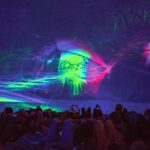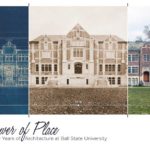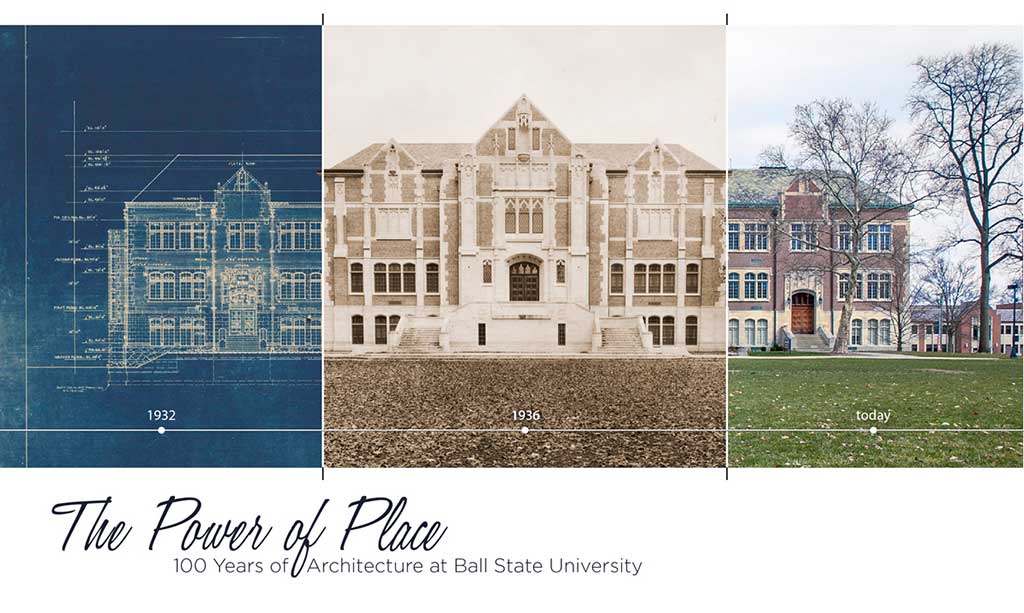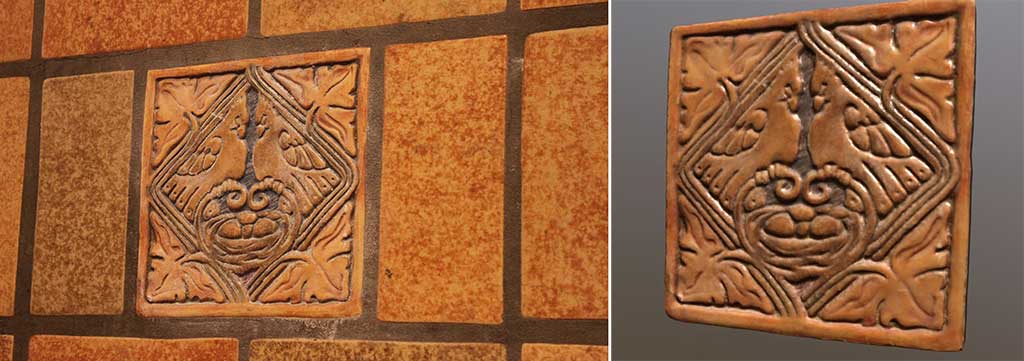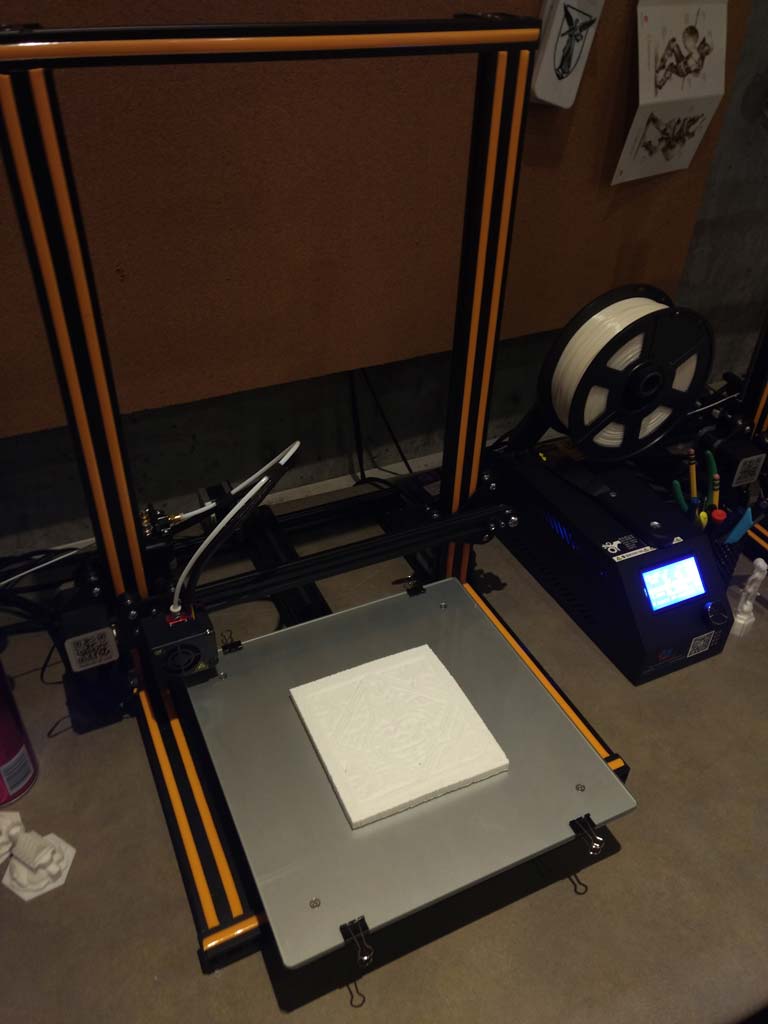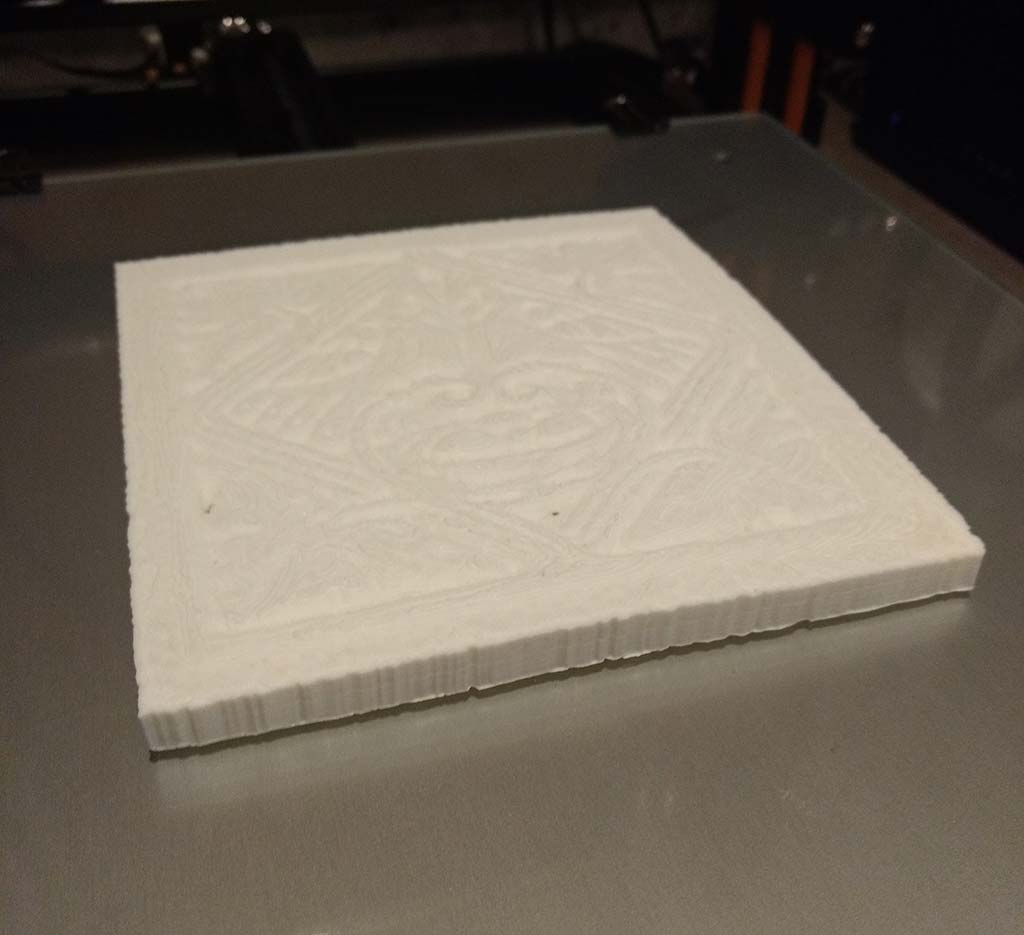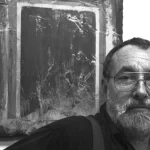
IDIA Lab is hosting the website of Intermedia art pioneer, Hans Breder. Breder studied painting in his native Germany before coming to the U.S. in the mid-1960s. He studied architecture and painting and in 1964 moved to New York where he became the sculptor George Rickey’s assistant. In 1967, Breder had his first New York show – a sold-out presentation of constructivist sculptures at the Richard Feigen Gallery. One of the first video artists whose work has been included in three Whitney Biennials, Breder founded the Intermedia Program in the School of Art & Art History at the University of Iowa in 1968 and directed it until his retirement as a F. Wendell Miller Distinguished Professor in 2000. The internationally regarded program built on Breder’s interdisciplinary inclination for intellectual and aesthetic collision.
Breder’s challenge to his students and for himself was to break out of the traditional way of teaching art by combining the disciplines of painting, sculpture, installation, performance, music, film, photography, and video. At a time when the social, political, and artistic mores of the West were undergoing dramatic upheaval Breder was an influential experimental voice.
IDIA Lab organized and hosted several exhibitions and catalogs of Breder’s work as well a several lecture series regarding Intermedia. Director John Fillwalk served as the President of the Hans Breder Foundation, an international non-profit that disseminated intermedia and video art. Partnering with TU Dortmund, Fillwalk created an exchange program with Ball State, providing students the opportunity for international study and exchange.
